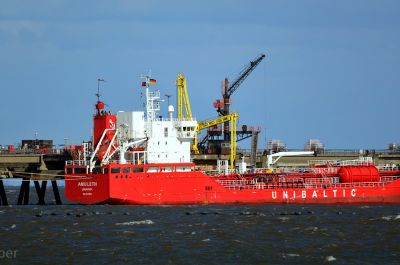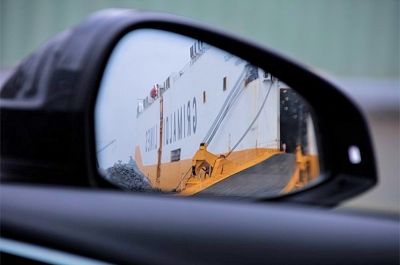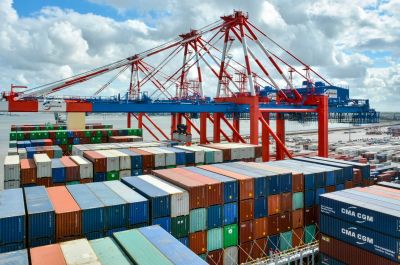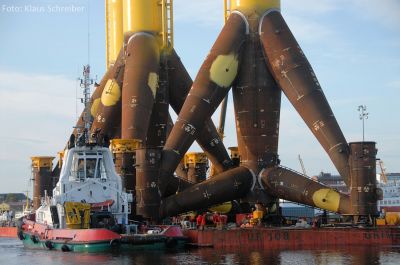Trade through the Port
Wilhelmshaven, Germany's third largest seaport, handles a wide variety of cargo, ranging from containers, crude oil, petroleum, chemical and preliminary products all the way to dry bulk, break bulk and project cargo.
Liquid Bulks
-
Germany's biggest and most important oil import port
-
Modern tanker berthing and discharge facilities to handle tankers of all sizes - efficient terminals used for the import and export of petroleum, petroleum products (gas oil, petroleum fuels, aviation fuels, etc.), liquefied petroleum gas (LPG) and liquid chemicals
-
Highest safety standards
Dry Bulks
The port's deep-water shipping channel and short transit to and from berthing facilities allows for efficient and reliable bulk cargo services
- in the Outer Harbour which operates 24 hours a day, 7 days a week and caters for fully laden capesize vessels (up to 250,000 dwt).
- Spacious handling areas and excellent equipment for intermediate storage and transfers from ship to rail
The tide-independent, protected Inner Harbour houses cargo handling terminals, storage and warehousing facilities for a range of dry bulks (construction material, scrap, fertiliser, peat, wood, etc.) and the automobile logistics sector.
Containers
The future-oriented port is designed to handle next-generation container vessels and offers excellent inland transport connectivity.
- Container Terminal Wilhelmshaven (CTW) is capable of handling of 2.7 million TEU annually. The technical and legal conditions allow for a further expansion in principle. Plans to expand CTW will be advanced in time for operations to start when the market calls for it.
- The 1,725m-long quay line including berths for mega-carriers with a beam of some 61m features eight of the largest container gantries currently available (boom: 69m).
- CTW occupies 130 hectares and has the capability to receive and dispatch products by ship, rail and road (combined-transport terminal).
- The freight village occupies 160 hectares and can accommodate a range of port-related companies and services providers.
- The terminal is directly connected to the A29 autobahn; 16 formation and preparation sidings connect it to the public rail network.
Project Cargo
Both the Outer Harbour and the Inner Harbour feature efficient, state-of-the-art handling facilities and expansive quay areas for the storage, assembly and loading/shipping of all kinds and sizes of project cargo.
Among others, port cranes, road and railway bridges and foundation structures for offshore wind farms are assembled and loaded, and offshore wind turbine installation vessels are fitted out.
Roll-on/Roll-off (RoRo) Cargo
The tide-independent Inner Harbour features RoRo ramps for wheeled cargo.
- The ramps at Lüneburgkai and Braunschweigkai are each 35.5m broad; water depths range from 11m to 12m.
- NORDFROST Nordwestkai features a 32m-broad ramp (water depth: 8m).
Break Bulk
The Inner Harbour features multiple quay facilities to load and unload all kinds of break bulk cargo.
Reputable services providers offer a continuous berth length of some 2,000m with extensive storage capacities and warehousing facilities, including efficient handling equipment and fork lift trucks.



